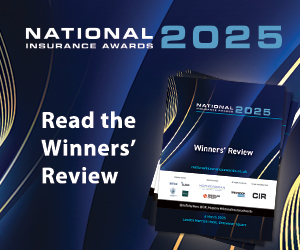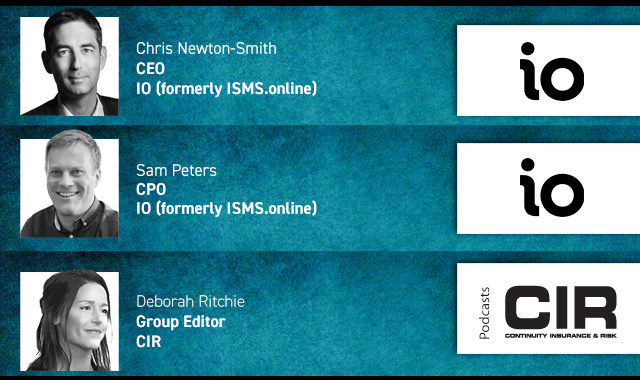Escalating natural catastrophe losses and widening protection gaps are forcing a rethink across the global property insurance market, according to new analysis from Global Insurance Law Connect. Drawing on insights from 23 member firms, the findings reveal how intensifying climate risks, urbanisation and changing land use are reshaping coverage models worldwide.
The research shows that the rising cost of both insured and uninsured catastrophes is exposing weaknesses in traditional policy structures. In response, insurers and governments are experimenting with new solutions to maintain affordability and protect high-risk communities.
Gillian Davidson, chair of GILC, said: “Our new property catastrophe report captures the urgency of the protection gap challenge. As climate-driven perils intensify, insurers, governments and property owners are all grappling with the affordability and availability of insurance, particularly in high-risk areas. Building resilience is not just a technical challenge, but a societal imperative.”
Rising claims and economic losses have prompted tighter policy wordings, expanded exclusions and, in some regions, market withdrawals. Yet despite these pressures, the report identifies progress through clearer policy language, stronger risk mitigation incentives, and the adoption of co-insurance and parametric solutions that speed up recovery.
Parametric insurance, catastrophe risk pools and technology-led risk assessment tools are highlighted as key enablers for faster claims settlements and broader coverage for previously hard-to-insure events.
The overarching message is one of collaboration. The property insurance market, regulators and property owners must work collectively to strengthen resilience and sustain insurability in a changing risk environment.
Davidson added: “The growing collaboration between all parties worldwide offers real hope that we can proactively manage natural disaster risk while maintaining the financial stability of communities and markets.”
Printed Copy:
Would you also like to receive CIR Magazine in print?
Data Use:
We will also send you our free daily email newsletters and other relevant communications, which you can opt out of at any time. Thank you.








YOU MIGHT ALSO LIKE